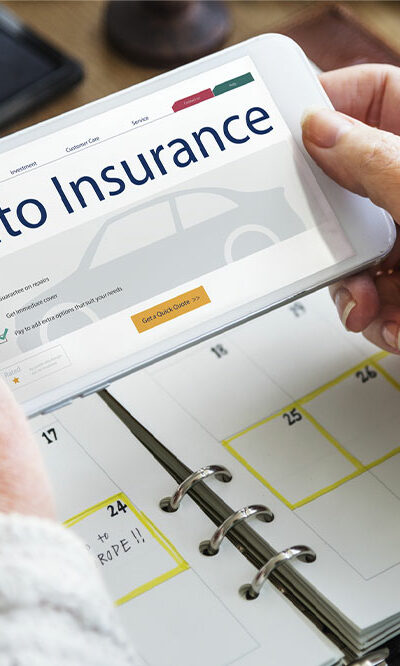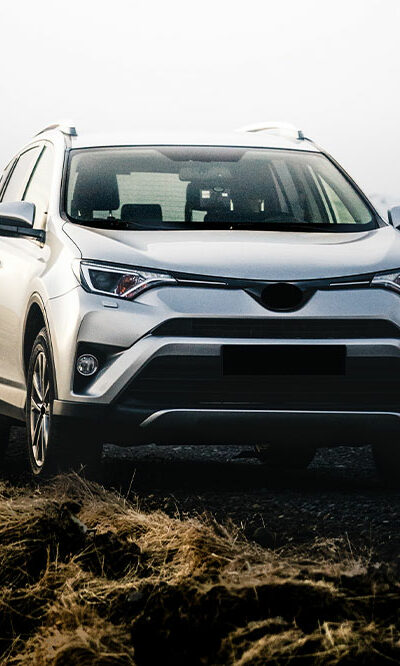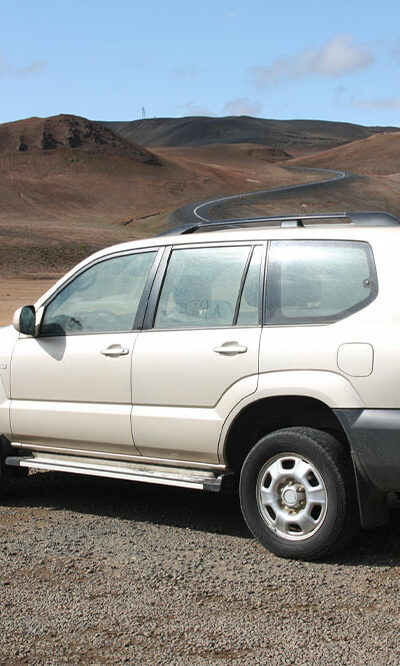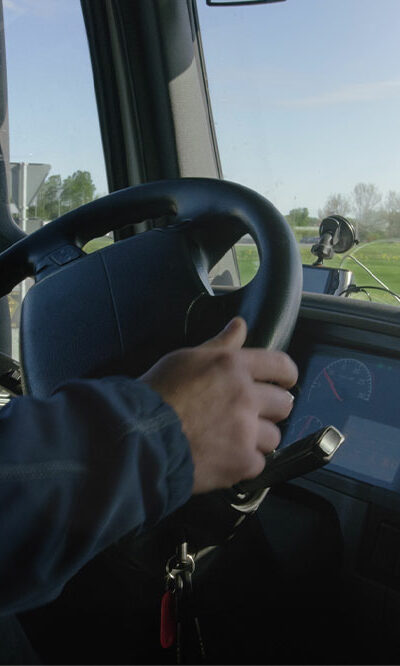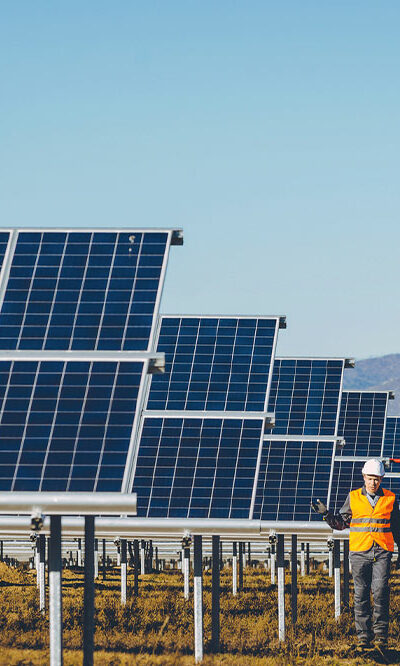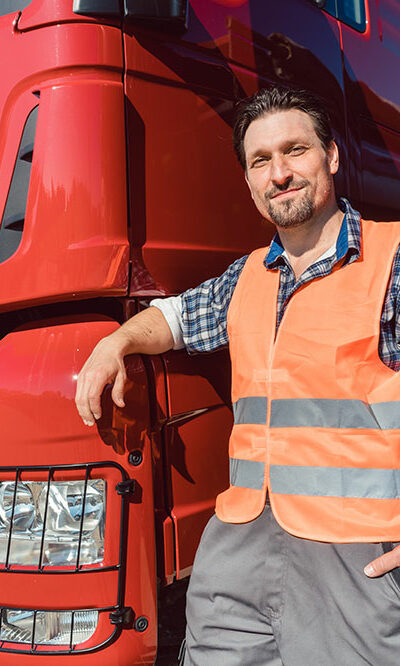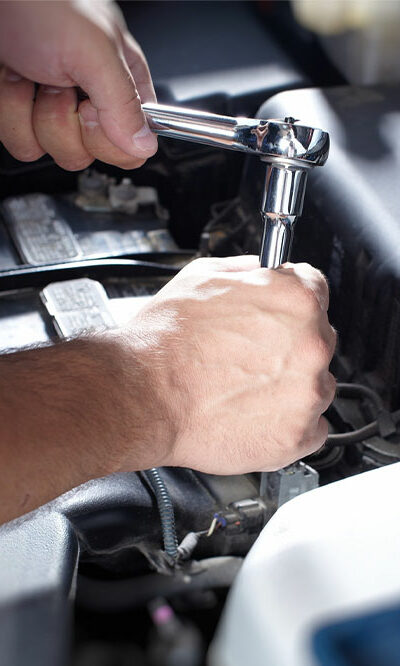
6 safe SUVs to drive in 2022
The demand for SUVs has seen a steady rise over the last decade. Major automobile manufacturers are introducing stellar models with performance and comfort features worthy of a higher price tag. An increasing number of consumers prefer exchanging their old sedans for comfortable SUVs with maximum seating and storage capacity. We have compared the most popular trims and narrowed down six compact, mid-size, full size, and electric SUVs with the highest safety rating in 2022. 2022 Nissan Rogue Sport™ This is one of the top brands that is known for its ingenuity. Nissan is known to make cars extremely safe to drive under challenging conditions. Harsh weather, rough terrain, or even poor visibility are taken into consideration to design a variety of driver assist safety technologies that are a standard in all Nissan vehicles. The 2022 Nissan Rogue Sport™ comes with Nissan Intelligent Mobility™ features like automatic braking systems blind spot monitoring, and rear automatic collision warning assist. Another stellar feature is the ProPILOT Assist system that actively monitors cross traffic, lanes, and pedestrians on city and highway roads to control throttle and braking response. All standard systems ensure that you enjoy the drive as much as possible. The safety assists help in any unexpected maneuvering to ensure a smooth and safe ride always. 2022 Ford Bronco® Sport Ford’s compact SUV offers a unique combination of innovative technology and unparalleled safety. This certainly makes it worth the affordable price tag. It is also the IIHS’s (Insurance Institute for Highway Safety) Top Safety Pick+ winner in the small SUV segment for this year. The Bronco® has managed to get a G (good) rating across the board for quality structure, driver & passenger injury measures, and driver/passenger restraints. In comparison to its full-size off-roading variant, the compact SUV does fare well in terms of performance and stability when it comes to basic off roading.
